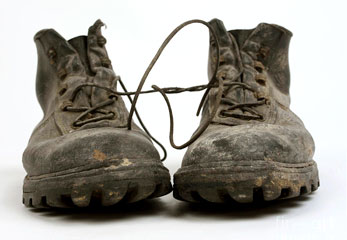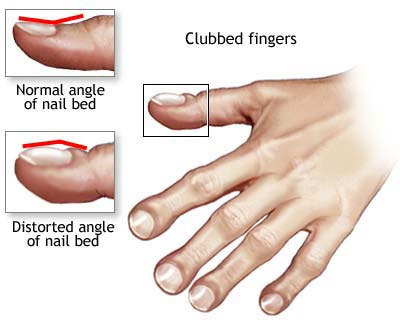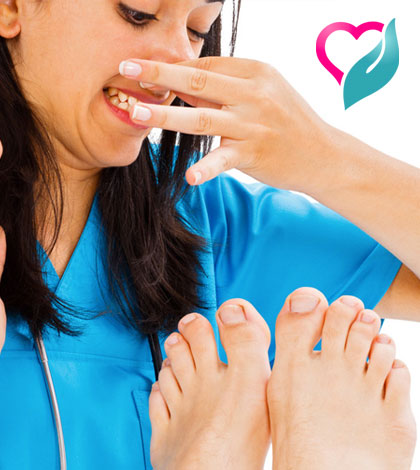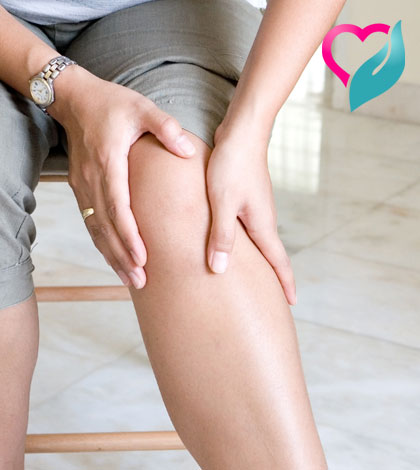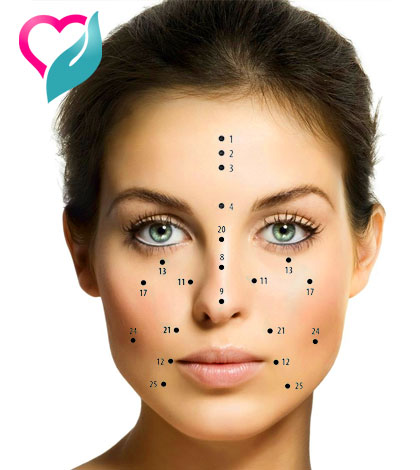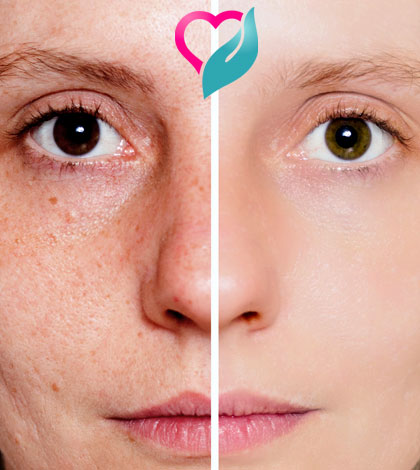17. “Phee-uuuuw!”
[wp_ad_camp_1]
Though smelly feet (hyperhidrosis) tend to cause more alarm than most foot symptoms, odor — even downright stinkiness — is seldom a sign something’s physically amiss. (Whew!) Feet contain more sweat glands than any other body part — half a million between the two of them! And some people are more prone to sweat than others. Add in the casings of shoes and socks, and the normal bacteria that thrive in the body have a feast on the resulting moisture, creating the smell that makes wives and mothers weep. (Both sexes can have smelly feet, but men tend to sweat more.)
In this case, the one olfactory clue is plenty.
[wp_ad_camp_4]
Wash with antibacterial soap and dry feet well. Rub cornstarch or antiperspirant onto soles. Toss used socks in the wash; always put on a fresh pair instead of reusing. Stick to natural materials (cotton socks, leather shoes) — they wick away moisture better than man-made materials. Open up laced shoes after you remove them so they get a chance to fully air out; don’t wear them again until they’re fully dry.
18. Old shoes
Danger! You’re a walking health bomb if your everyday shoes are more than a couple of years old or if walking or running shoes have more than 350 to 500 miles on them. Old shoes lack the support feet need — and footgear wears out faster than most people think, foot specialists say.
[wp_ad_camp_2]
Blisters (too tight), bunions (too narrow), heel pain (not enough support) — if you’re having any kind of foot trouble, there’s at least a 50-50 chance your shoddy or ill-fitting footwear is to blame.
Older people are especially vulnerable because they fall into the habit of wearing familiar old shoes that may lack support, flexibility, or good traction.
19. White Nails
Injury to the nail or illness anywhere in the body can cause white areas in the nails. If part or all of a nail separates from the nail bed (shown here), it can appear white and may be due to an injury, nail infection, or psoriasis. If the nail is intact and most of it is white, it can sometimes be a sign of a more serious condition including liver disease, congestive heart failure, or diabetes. Talk with your health care team about any concerns.
20. Heel Pain
The most common cause of heel pain is plantar fasciitis, inflammation where this long ligament attaches to the heel bone. The pain may be sharpest when you first wake up and put pressure on the foot. Arthritis, excessive exercise, and poorly fitting shoes also can cause heel pain, as can tendonitis. Less common causes include a bone spur on the bottom of the heel, a bone infection, tumor, or fracture.
21. Dragging Your Feet
Sometimes the first sign of a problem is a change in the way you walk — a wider gait or slight foot dragging. The cause may be the slow loss of normal sensation in your feet, brought on by peripheral nerve damage. About 30% of these cases are linked to diabetes. Nerve damage also can be due to infection, vitamin deficiency, and alcoholism. In many cases, no one knows what caused the nerve damage.
22. Clubbed Toes
In clubbing, the shape of the toes (and often the fingers) changes. The nails are more rounded on top and curve downward. Lung disease is the most common underlying cause, but it also can be caused by heart disease, liver and digestive disorders, or certain infections. Sometimes, clubbing runs in families without any underlying disease.
23. Swollen Feet
This is usually a temporary nuisance caused by standing too long or a long flight — especially if you are pregnant. In contrast, feet that stay swollen can be a sign of a serious medical condition. The cause may be poor circulation, a problem with the lymphatic system, or a blood clot. A kidney disorder or underactive thyroid can also cause swelling. If you have persistent swelling of your feet, see a physician.
24. Burning Feet
A burning sensation in the feet is common among diabetics with peripheral nerve damage. It can also be caused by a vitamin B deficiency, athlete’s foot, chronic kidney disease, poor circulation in the legs and feet (peripheral arterial disease), or hypothyroidism.
25. Pain in the Smaller Toes
If you feel like you’re walking on a marble, or if pain burns in the ball of your foot and radiates to the toes, you may have Morton’s neuroma, a thickening of tissue around a nerve, usually between the third and fourth toes. It is eight to 10 times more common in women than in men. It is caused by injury or too much pressure on the toes.
26. Itchy Feet
Itchy, scaly skin may be athlete’s foot, a fungal infection that’s common in men between the ages of 20 and 40. A reaction to chemicals or skin care products — called contact dermatitis — can cause itching, too, along with redness and dry patches. If the skin on your itchy feet is thick and pimple-like, it may be psoriasis, an over-reaction of the immune system. Medicated creams can relieve the symptoms.
27. Claw Toe
This foot deformity can be caused by shoes that are tight and pinch your toes or by a disease that damages nerves, such as diabetes, alcoholism, or other neurological disorder. Your toes will be bent upward as they extend from the ball of the foot, then downward from the middle joint, resembling a claw. They may respond to stretching and exercises of the toes or you may need special shoes or even surgery.
28. Foot Spasms
A sudden, sharp pain in the foot is the hallmark of a muscle spasm or cramp, which can last many minutes. Overwork and muscle fatigue are common causes. Other causes include poor circulation, dehydration, or imbalances in potassium, magnesium, calcium, or vitamin D levels in the body. The changing hormone levels of pregnancy or thyroid disorders may play a role. If spasms are frequent or severe, see a doctor. Strengthening exercises can help with muscle fatigue.
29. Dark Spot on the Foot
We associate skin cancer with the sun, so we’re not as likely to check our feet for unusual spots. However, a melanoma, the most dangerous form of skin cancer, can develop even in areas that are not regularly exposed to the sun. Melanoma can even appear beneath the nail.
[wp_ad_camp_3]
Image courtesy : progressivechristianalliance.org, nhs.uk , blogspot.com , klimadeodorant.com ,
rdehospital.nhs.uk , thecambodiaherald.com , blogspot.com , orthopaedicsurgeon.com ,
blogspot.com , touchabletoes.com , aolcdn.com , fineartamerica.com , walgreens.com ,
healthcentral.com


